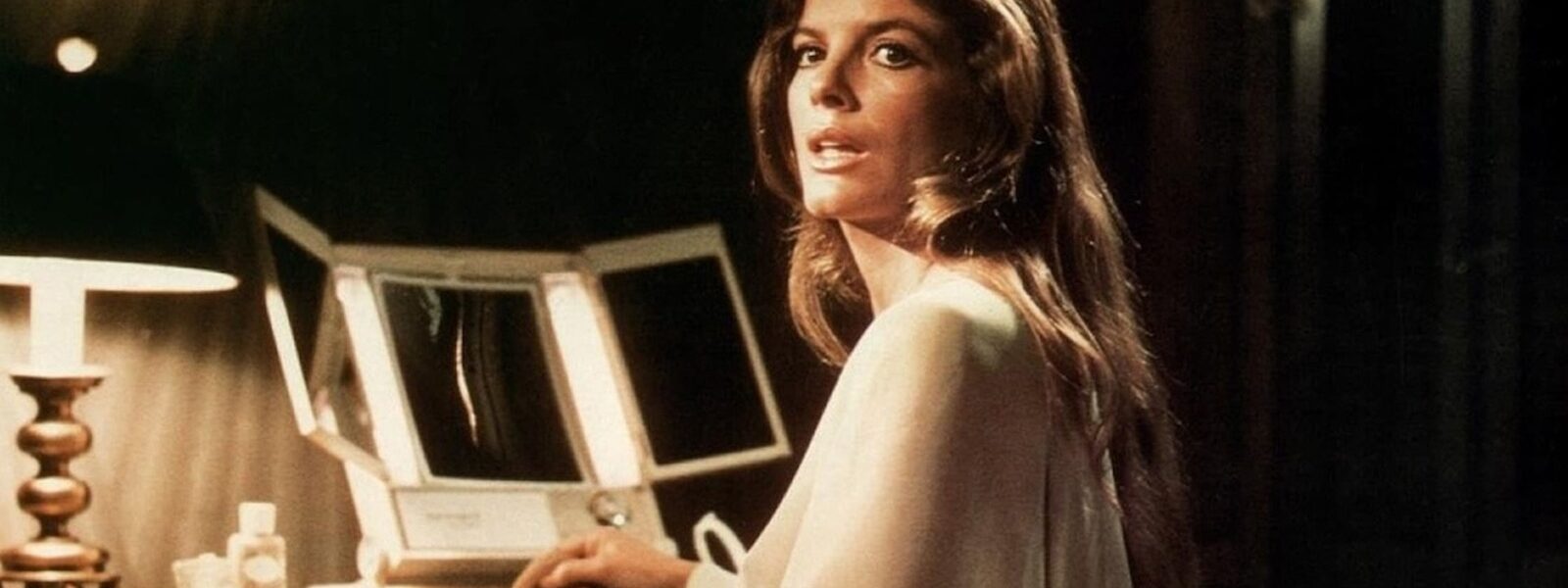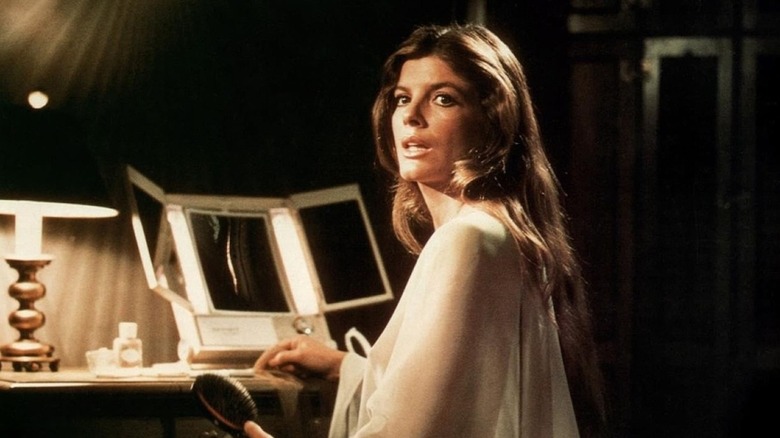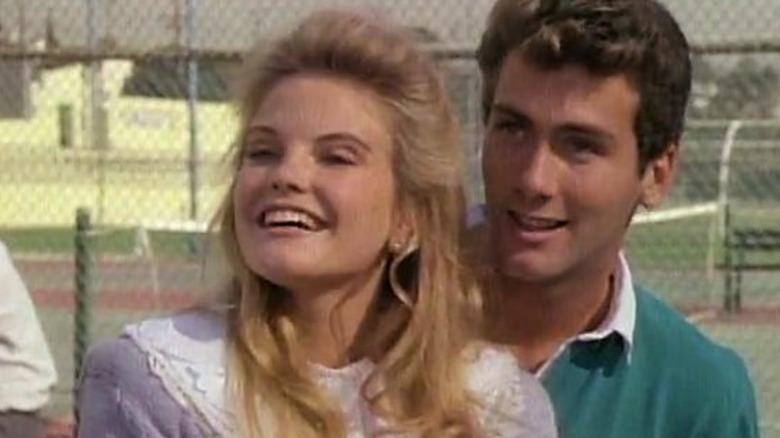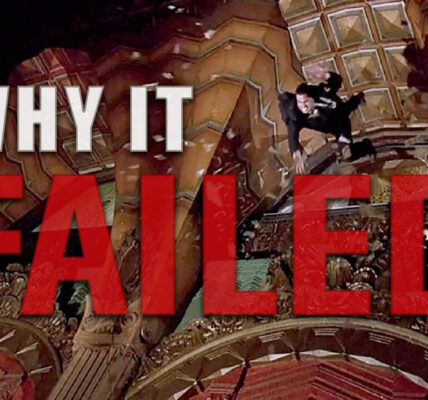The psychological thriller of Bryan Forbes in 1975 “The Stepford Wives” is an edifying story for ages. There is a Campy element in the film which only increases its satirical edge, but when it leans in its scathing comment, the pathos is authentic. An adaptation of the eponymous novel by Ira Levin, “The Stepford Wives”, has collected a coherent cultural mileage over the decades, inspiring more recent mysteries like “Do not worried Darling” (which essentially reproduces the premise of the original without success or conviction).
Although the story of Forbes is more superimposed than it seems initially, basic criticism lies in the systemic subjugation of women through patriarchal practices, where they are reduced to uninstated people with men with whom they are married. This is taken to exasperate the extremes in Forbes’ film, and when Joanna Eberhart (Katharine Ross) moves to Stepford with her husband, we can perceive the strange social behavior of the community through the eyes of a disconcerted skeptic. Joanna immediately notices that women in the community are obsessed with being perfect housewives, while men are more than happy to be barely minimum and to revel in the substance of their women.
The aspect of psychological horror of the film intensifies towards the end, leading to A rather dark end. Although history is far from perfect, it links the commercial identity policy to consumerism crawling in an interesting way. As culturally relevant as the film of Forbes is, it is a less known fact that “The Stepford Wives” generated three associated titles, forming a horror frankness which is always overshadowed by the original.
Stepford’s wives are all stories for television
The first direct sequel in question is “The Revenge of the Stepford Wives” of 1980, “ A horror thriller made for television which takes place 10 years after the events of the original film. This little story examines the consequences of couples who wish to leave Stepford, encouraging television journalist Kaye Foster (Sharon Gless) to visit the apparently idyllic community for an investigation. The immediate signs that something worrying is in progress is more open here, because Kaye notices that women who are bursting out pills several times a day after a mermaid that takes place through the city speakers. As the plot progresses, Kaye established himself as a clear and ingenious protagonist dedicated to the emancipation of women trapped in Stepford, even after learning the odious truth. It is one of the best entries in the franchise, despite the fact of carrying an ambiguous end which does not fully explore the central trope of revenge.
Then we have “The Stepford Children” from 1986, in which a couple moved to Stepford with their children, David (Randall Batankoff) and Mary (Tammy Lauren). The father of David and Mary, Steven (Don Murray), seems embarrassed by their relaxed and carefree minds and joins the harmful Men’s association to assimilate them in obedient robots and accomplished with little or no sense of self. Children, although they do not know, become frightened by the attitudes of the adults around them, who seem to be obsessed with the surveillance of their children to help them reach a “perfect” social image. Now, it is a decent follow -up of “revenge”, but it lacks the finesse of its predecessors, as well as the condemnation to tell a story that remains attached to the themes of parental violence and its repercussions.
You may have already felt a theme here, so it should not be surprising that the last entry of this series is called “The Stepford Maris” (which opens with a man violently killing his wife before committing suicide). The story tries to return the original concept on its head by presenting the men of Stepford being docile to their wives, the Stepford Institute for Human Behavior being responsible for this change. Mousing and performances without inspiration apart, this inverted concept in “The Stepford Maris” falls flat due to the blatant lack of real mirror, because even the strongest brand in Misandry cannot compare itself to the horrible consequences of violent misogyny which affects which affects the violent misogyny that affects that affects violent misogyny everyone in society. It is the most superficial interpretation of a familiar and most creative premise in the trio.
Although nothing can overshadow the raw impact of the 1975 originals, these follow -ups (except for the third) are decent enough for a unique watch.






